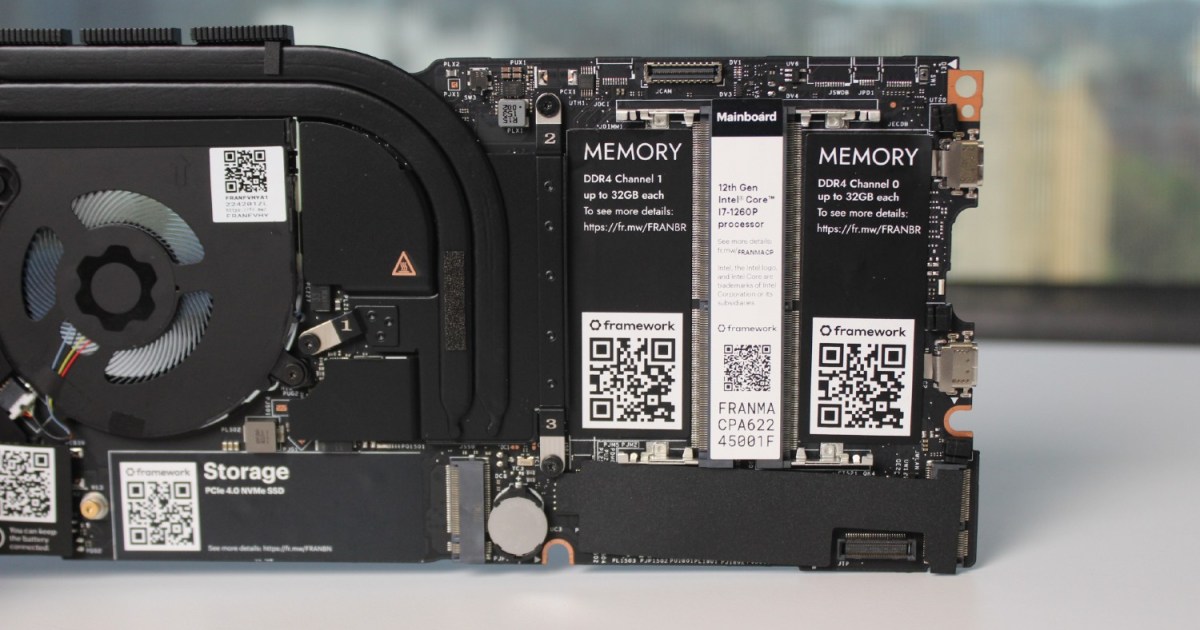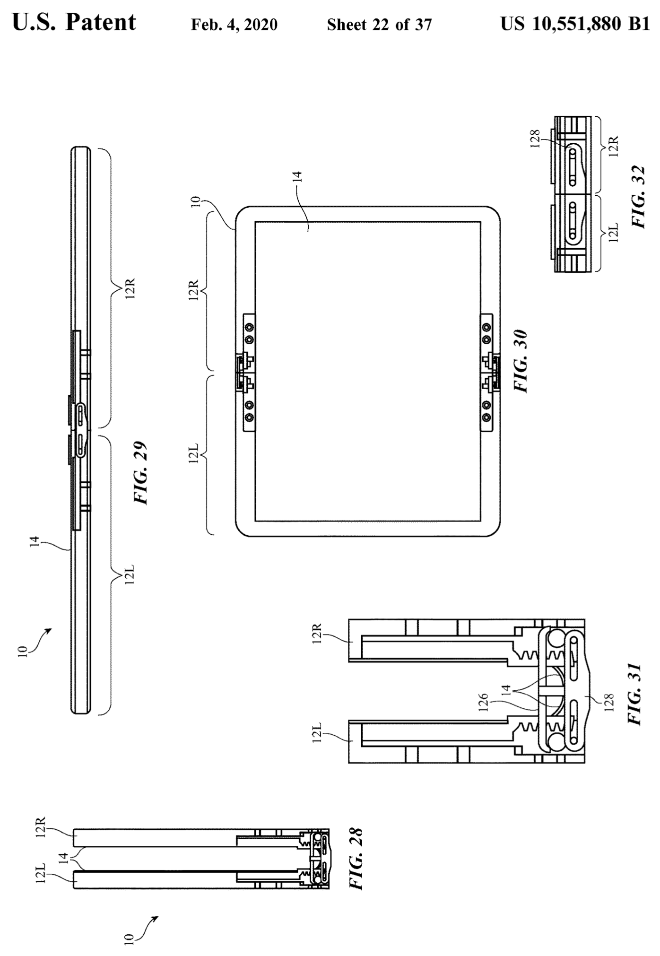
The laptop industry has witnessed a significant shift with the introduction of soldered RAM, raising debates about upgradability, performance, and consumer choice. The completely redesigned Dell XPS 14 and 16, characterized by their divisive features like capacitive touch buttons and an invisible trackpad, epitomize this trend by moving to soldered RAM—a change from their predecessors which boasted upgradability. This move aligns with an industry-wide shift affecting even high-performance gaming laptops, like the ROG Zephyrus G14, which has also adopted soldered memory this year.
Soldered RAM, permanently attached to a laptop’s motherboard, contrasts with the traditionally replaceable SO-DIMMs, eliminating any potential for memory upgrades or repairs. Laptop manufacturers justify this transition by pointing to the benefits like space-saving for thinner designs, potential performance boosts, and cost savings in production. However, these benefits don’t necessarily translate to consumer advantages, particularly when it comes to repairability and future-proofing one’s investment in technology.
Despite the rationale provided by manufacturers, many enthusiasts argue against soldered RAM, citing concerns over planned obsolescence and the limitation it imposes on extending a laptop’s lifespan through upgrades. The discussion encompasses various perspectives, from manufacturers focusing on sleeker, more efficient designs to power users lamenting the loss of flexibility and options.
Delving deeper into the reasons why soldered RAM has become popular, talks with industry professionals reveal a complex picture. Space savings and the ability to design slimmer laptops stand out as primary benefits. These considerations are particularly pertinent given the industry’s move towards ultrabooks, spurred by Apple’s pioneering efforts and followed by others striving for compact, efficient designs. Furthermore, soldered RAM is seen as a way to optimize production processes, although the impact on the consumer price point is debatable among different manufacturers.
Performance-wise, soldered RAM, especially in the form of low-power DDR memory, offers advantages in terms of power efficiency and potential for increased bandwidth, crucial for modern processors and AI applications. However, the tangible benefits for the average consumer might be minimal, with factors like SSD speed playing a more significant role in overall system performance.
The drawbacks of soldered RAM, notably its impact on upgradeability and repairability, paint a darker picture. Consumers face a trade-off between the sleek and efficient designs enabled by soldered RAM and the ability to upgrade or repair their devices affordably. The choice between accepting these limitations or seeking out increasingly scarce upgradeable models becomes a significant consideration in the purchasing decision.
The debate extends to the future of laptop design and the balance between innovation and consumer interests. With the introduction of the CAMM2 standard, there’s hope for a middle ground that retains modularity while accommodating the demand for thinner laptops. This evolving discussion reflects broader trends in technology and consumer electronics, where advancements in design and functionality must continually be weighed against the needs and expectations of users.
Source








